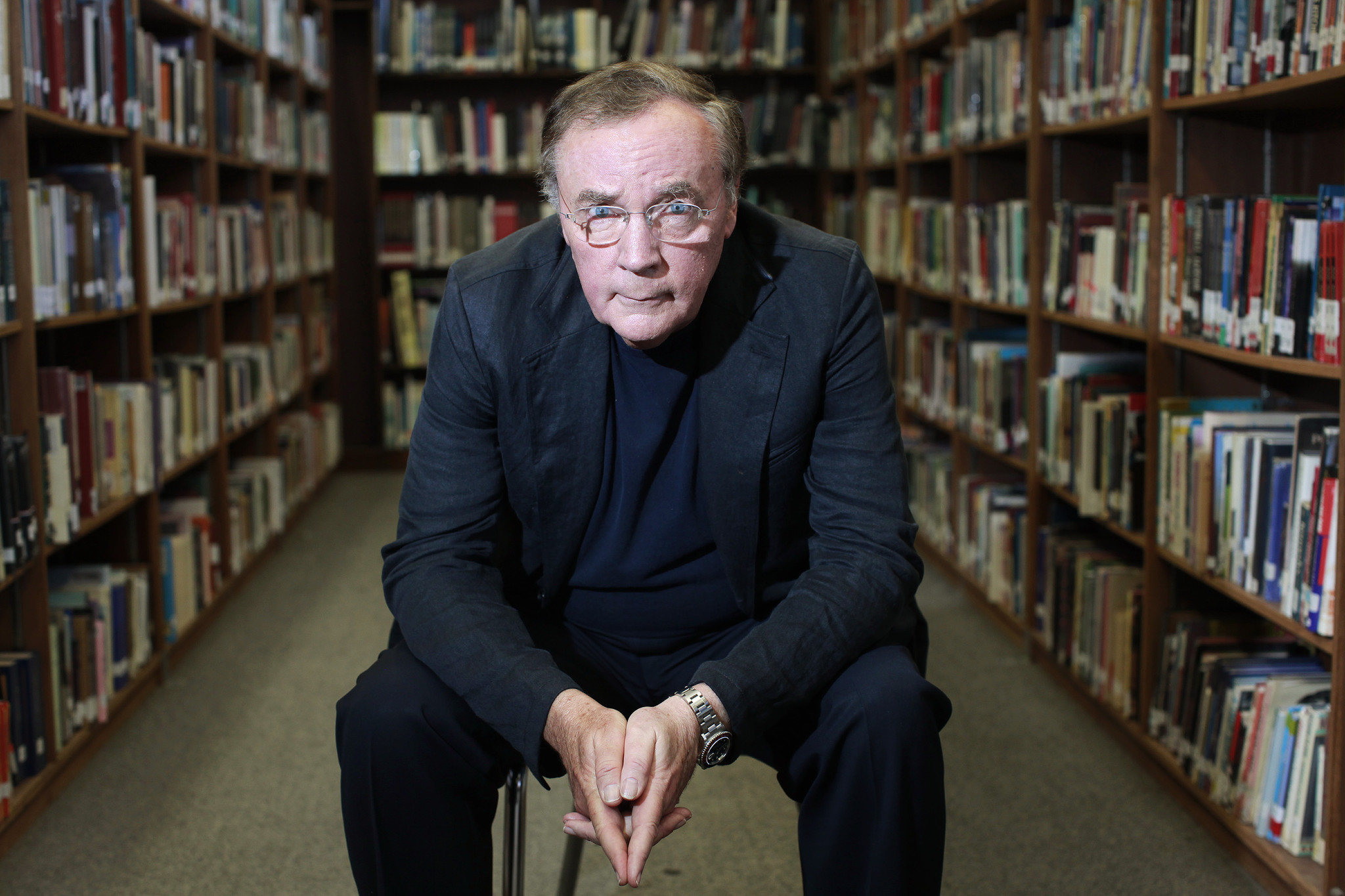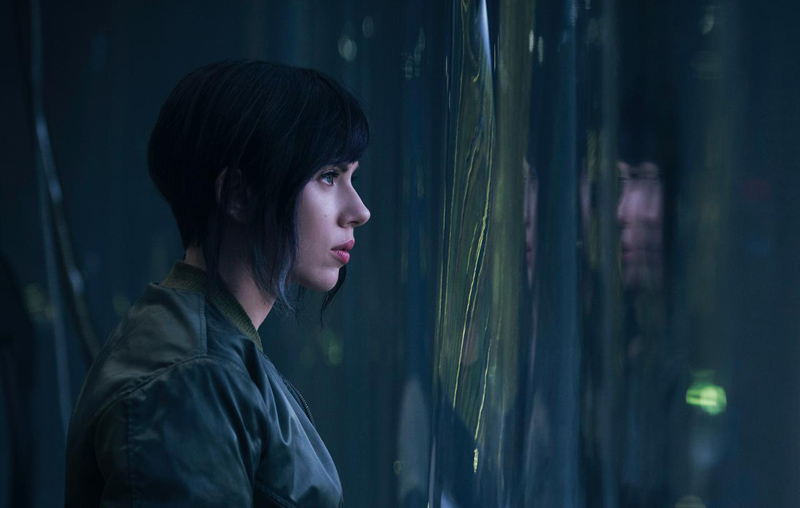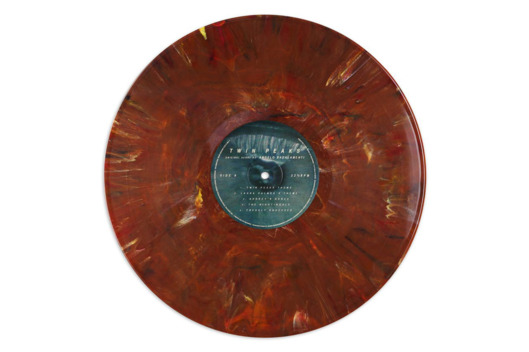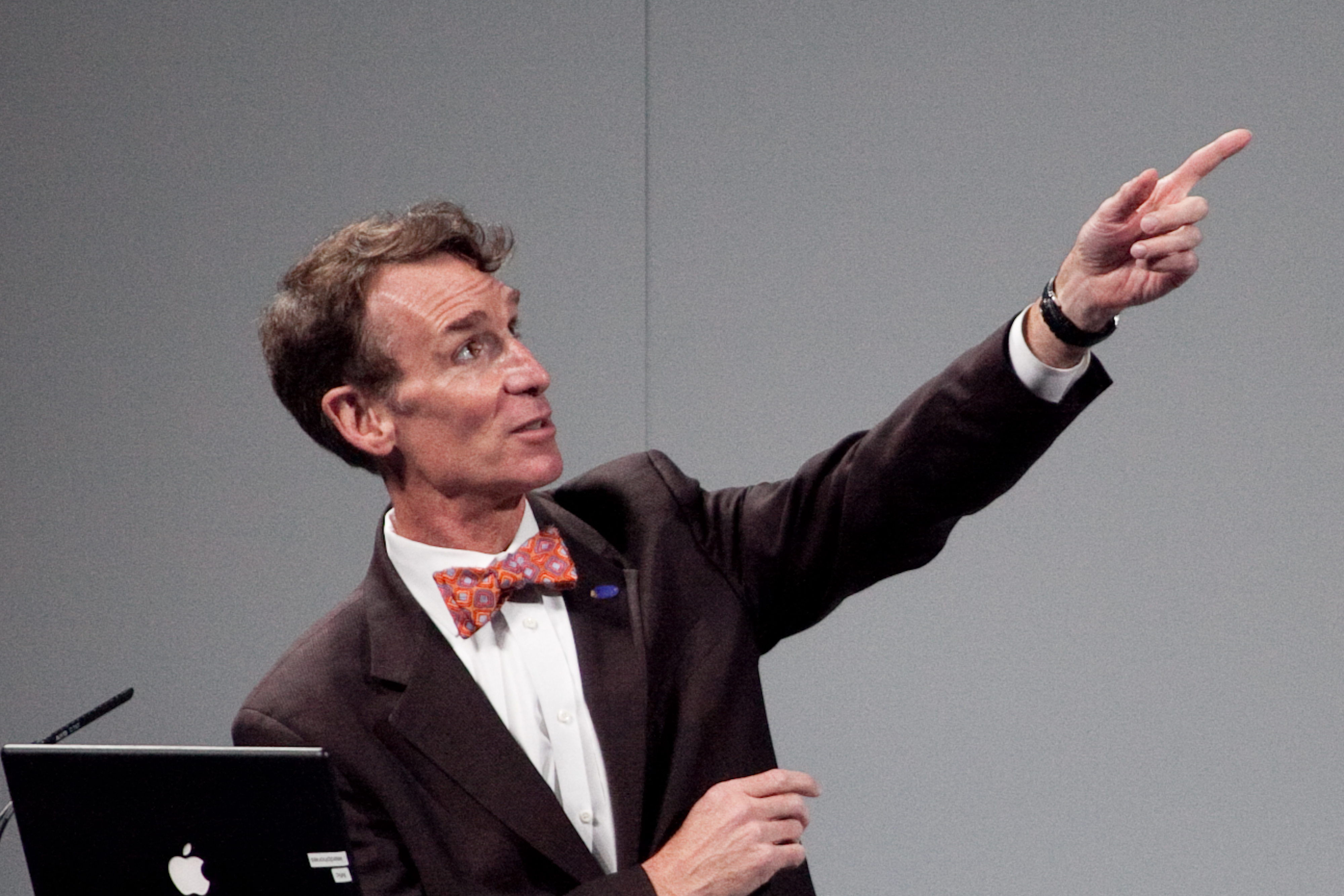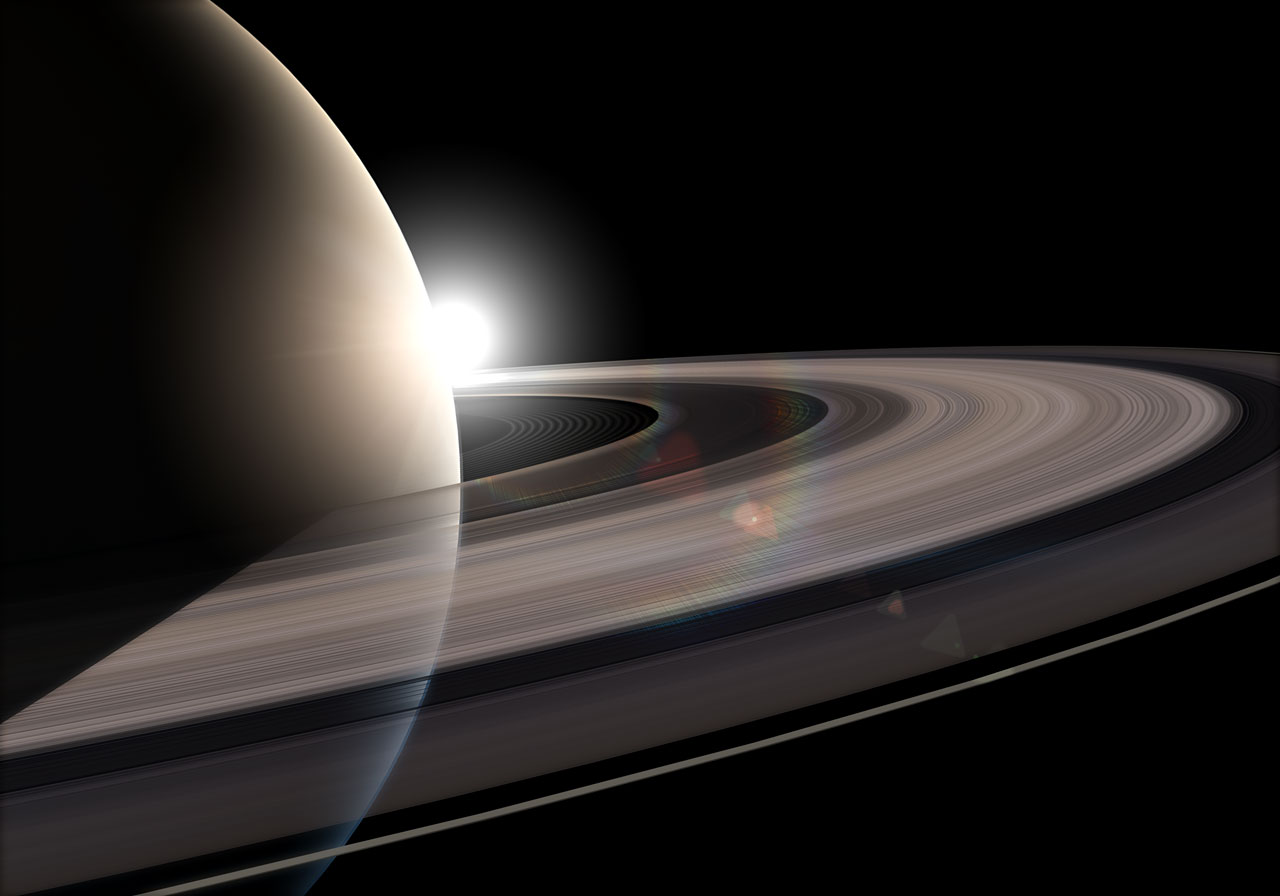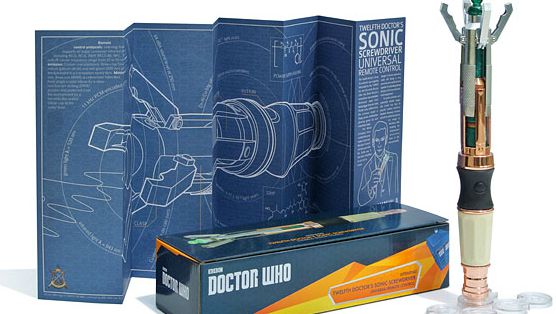Prepare to feel tiny and very insignificant. Researchers just published finding from the first ultra-realistic simulation of our universe’s growth and not surprisingly it spans about 13 billion years. And in case you wanted to try this at home, it would take your desktop more than 2,000 years to complete the simulation.
The project was led by Mark Vogelsberger at the Harvard-Smithsonian Center for Astrophysics. To create the simulation the researchers created a system called Illustris that simulates a cube-shaped chunk of the universe 350 million light-years long on each side. As the simulation progresses, it uses 12 billion 3D pixels to show the evolution of both normal and dark matter.
Vogelsberger said,
“Until now, no single simulation was able to reproduce the universe on both large and small scales simultaneously.”
The mind blowing system that is Illustris took five years to develop and requires 8,000 CPUs running 3 months’ worth of calculation to fully finalize.
Even though we can use telescopes like the Hubble to show what far away galaxies look like millions of years ago, Illustris lets researchers see what galaxies might have looked like at various points in time.
“Illustris is like a time machine. We can go forward and backward in time. We can pause the simulation and zoom into a single galaxy or galaxy cluster to see what’s really going on,”says co-author Shy Genel.
Watch the video below and visit this website for my images and videos from Illustris.


